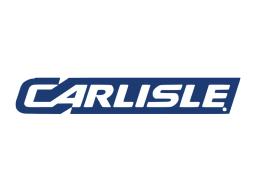

Other manufacturers with similar products
EPD: PIR roof insulation boards, coated glass faced (CGF), 25 mm (0.984 in), 0.815 kg/m2 (1.80 lb/m2), RSI = 1 m2·K/W (5.678 ft2·°F·h/Btu), CGF Polyiso Roof Insulation, Carlisle SynTec Systems
CGF Polyiso Roof Insulation delivers top-notch thermal resistance and moisture control. Its advanced design minimizes energy costs while ensuring a long-lasting roofing solution, perfect for commercial applications.
PIR roof insulation boards feature a glass-faced finish, offering excellent thermal performance and durability. They are lightweight and easy to handle, providing effective insulation for flat roofs with a smooth appearance.
Installed on flat or low-slope roofs, these boards are laid d...
Manufacturer:
Carlisle SynTec Systems
Group:
Country of production:
Product name:
PIR roof insulation boards, coated glass faced (CGF)
Commercial names:
CGF Polyiso Roof Insulation
Category:
Insulation
Class:
PIR (polyisocyanurate foam) insulation
Type:
PIR
Environmental impacts
Global Warming Potential (A1-A3):
3.015 kg CO2e/m²
Technical specification:
25 mm (0.984 in), 0.815 kg/m² (1.80 lb/m²), RSI = 1 m²·K/W (5.678 ft2·°F·h/Btu)
Available units for calculation:
m², kg, ton, m³
Unique identifier (OCLID):
6162a2fc96a66b670c19eb4b
Sustainability data background information
EPD number:
EPD-255
EPD program:
ASTM
Publication year:
2021
Product Category Rules (PCR):
UL PCR Part B: Building Envelope Thermal Insulation EPD Requirements, 2018
Environmental standard:
EN15804+A1
Data source:
EPD Polyiso Roof Insulation Boards
Verification status:
Third-party verified (as per ISO 14025)
Upstream database:
ecoinvent



